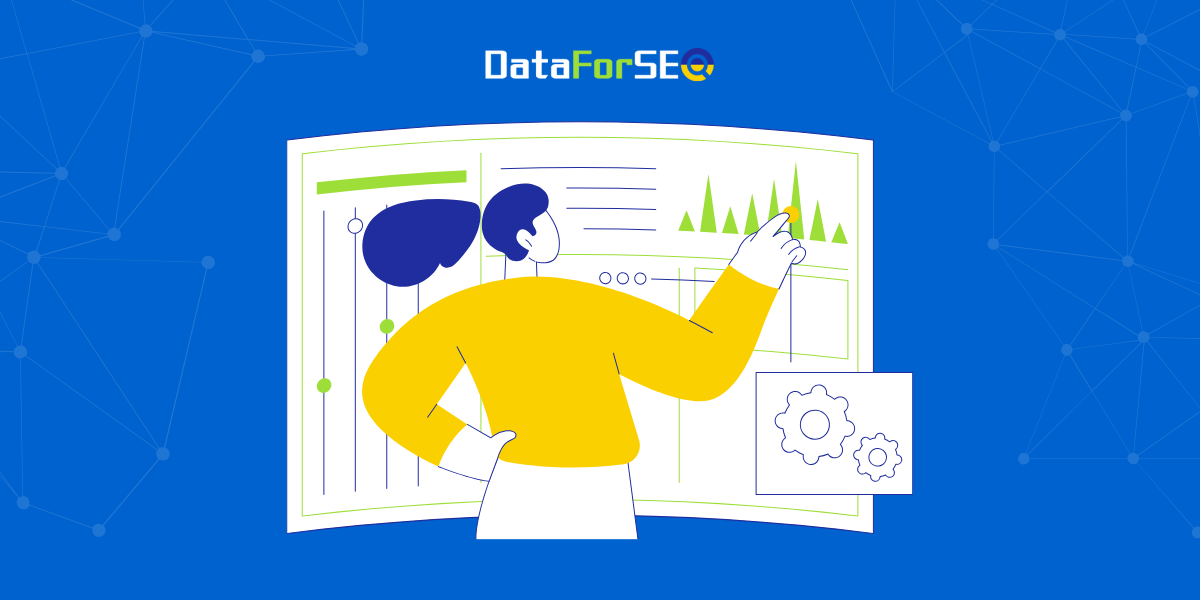
We’ve expanded the AI Optimization API with support for the Standard method in the Gemini LLM Responses endpoint. This option provides a scalable batch alternative to the existing Live endpoint.
What’s new
You can now create Gemini LLM Responses API tasks using the Standard method with separate POST & GET requests. This option offers higher throughput and asynchronous processing. You can learn more about how Live and Standard methods differ in general from this Help Center article.
Here, we’ll quickly explore the key differences between these methods for Gemini LLM Responses API specifically.
Live Gemini LLM Responses (existing)
- Up to 30 concurrent Live requests per account, per platform;
- Execution time: up to 120 seconds;
- Designed for delivering instant results.
Standard method with POST & GET (new)
- Up to 2000 API calls per minute, each containing no more than 100 tasks;
- Tasks may take up to 72 hours to complete;
- If not completed within the window, the task is marked as failed and the $0.01 advance is refunded.
How much does it cost?
The price for Standard-method tasks in LLM Responses API is based on the charge per task ($0.0002) and an automatic prepayment ($0.01) required to execute the task. The final cost depends on the price charged by the corresponding LLM’s API. See our pricing page for more information.
Why it matters
The Standard method brings more powerful capabilities to Gemini LLM Responses API. It’s the perfect option when you require:
➤ Submitting multiple tasks in bulk;
➤ Longer processing windows;
➤ More flexible data retrieval options.
Get started
Check the updated endpoint documentation to explore request structures for the Standard method of Gemini LLM Responses API, and start using it at scale.

